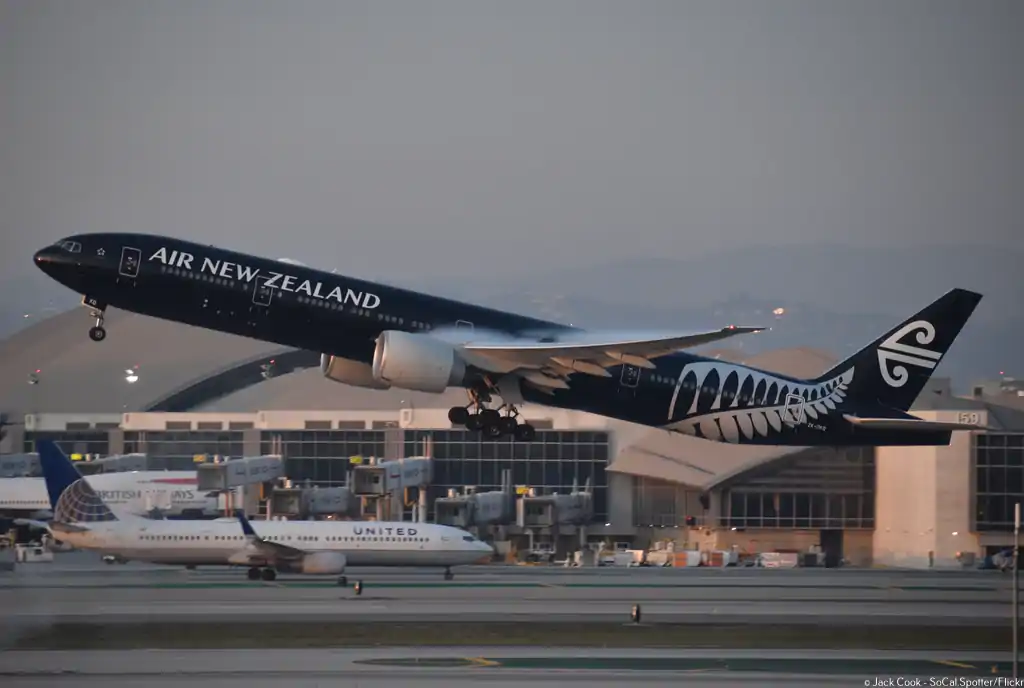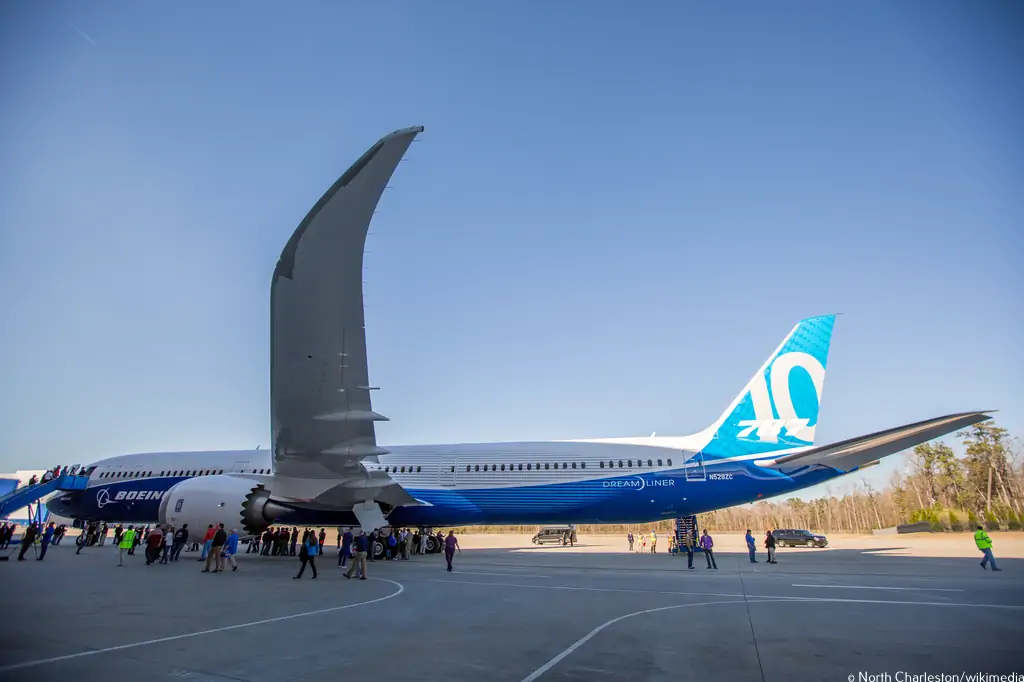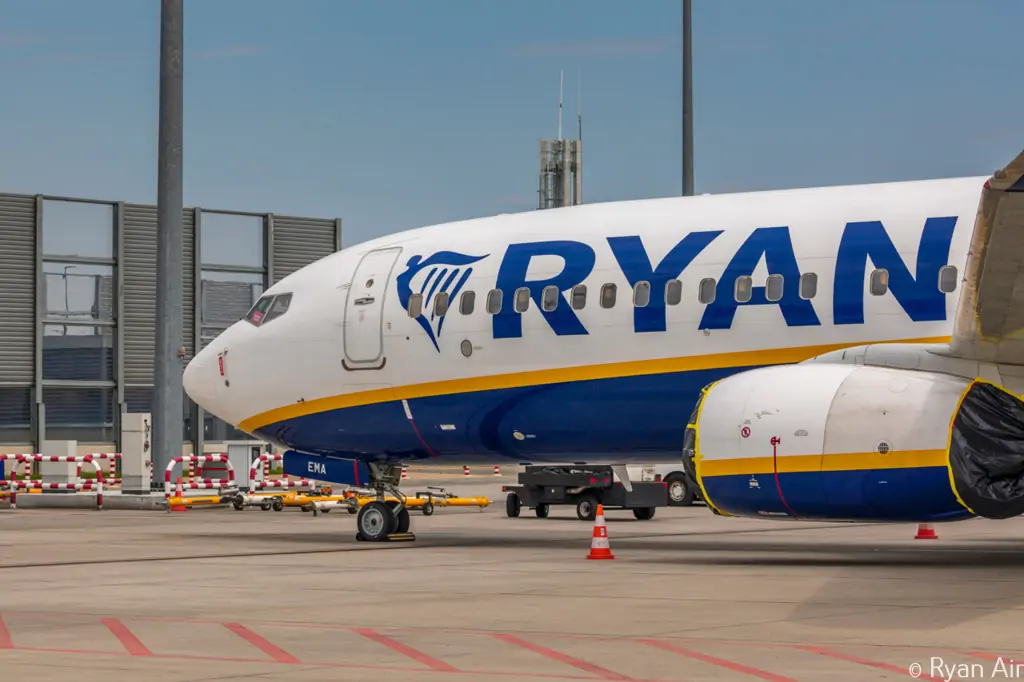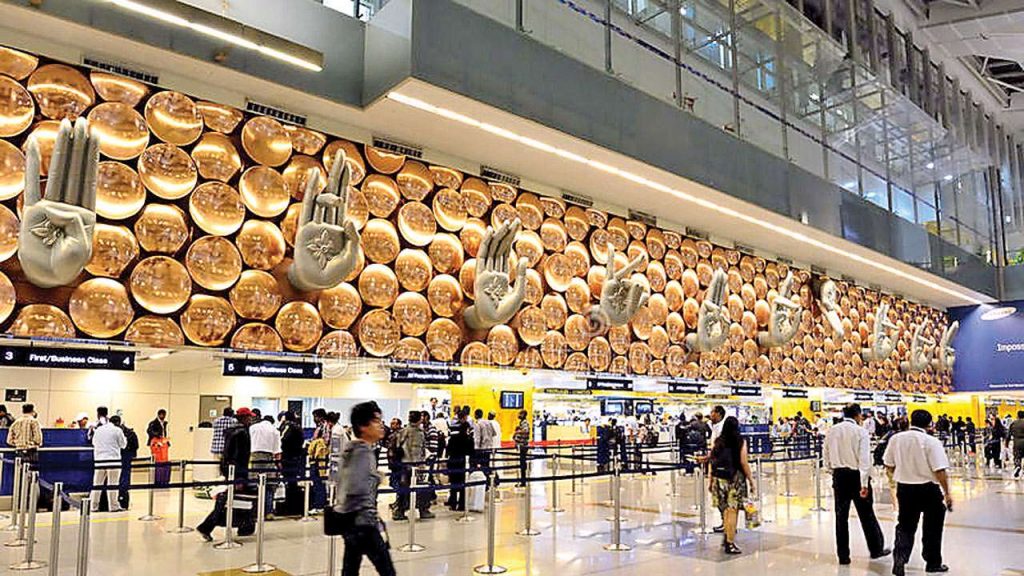Noida International Airport (NIA) and Bharat Petroleum Corporation Limited (BPCL) have signed an agreement to lay a dedicated aviation turbine fuel (ATF) pipeline from BPCL’s Piyala Terminal to the tank farm at Noida International Airport.
The dedicated ATF pipeline spans over 34 kilometers, extending 1.2 kilometers within the airport premises. Once operational, this pipeline will operate on a common/contract carrier basis, ensuring seamless fuel transportation to the airport.
Aligned with Noida International Airport's commitment to environmental stewardship, this common-use fuel transportation pipeline will ease fuel receipt operations and mitigate emissions by eliminating the need for tank lorry movements.
The agreement was signed by Sujit Kumar, Chief General Manager, Marketing (Aviation) from BPCL and Nitu Samra, Chief Financial Officer, NIA in the presence of Biju Gopinath, Executive Director (Pipelines) and Sanjeev Kumar, Business Head (Aviation), BPCL, Kiran Jain, Chief Operating Officer and Mayuri Vats Head of Legal, NIA.
BPCL's Jain said that the oil major has been the pioneer in setting up ATF facilities at the airports and allied infrastructure in India since the time aviation industry took off in the country. He emphasized BPCL's commitment to reducing carbon emissions by minimising the road transportation of fuel and fostering a more sustainable future.
Noida Airport's Kiran Jain, said, “We are pleased to collaborate with BPCL for the development of a common-use fuel transportation pipeline, which aligns with our strategic vision of offering cost-efficient and sustainable solutions that are more economical for the transportation of liquid fuels compared to road transport. We are confident that this move will reduce carbon emissions and boost our overall efficiency, contributing to a more sustainable future, which is the need of the hour.”
BPCL has 70 aviation service stations across the country. Noida Airport is expected to start flight operations this year.
Read next
In a significant move towards sustainability, Air New Zealand has inked its largest deal for sustainable aviation fuel (SAF) with Finland-based petroleum refiner, Neste. This strategic partnership underscores the airline's commitment to decarbonize and achieve its net-zero carbon emission targets.
The Deal and Environmental Impact
Air New Zealand has committed to purchasing nine million liters of sustainable aviation fuel from Neste, which will be produced at Neste's Singapore refinery. This eco-friendly fuel will then be supplied to Los Angeles International Airport between April 1 and Nov. 30, 2024, marking a crucial step towards reducing the airline's carbon footprint.
The decision to opt for sustainable aviation fuel is rooted in its substantial environmental benefits. According to Air New Zealand, this green fuel is expected to reduce carbon emissions by up to 80% over its lifecycle compared to traditional fossil jet fuel. This reduction encompasses not only emissions from production but also those generated during transport, making it a compelling choice for environmentally conscious airlines.
Future Goals, Challenges and Opportunities
Looking ahead, Air New Zealand aims to integrate sustainable aviation fuel into 20% of its total fuel uptake by 2030. This ambitious target aligns with the airline's broader mission to reduce carbon intensity by 28.9% by the end of the decade, ultimately working towards achieving net-zero carbon emissions by 2050. Such forward-thinking initiatives demonstrate Air New Zealand's proactive approach to addressing climate change within the aviation industry.
Aviation remains a challenging sector to decarbonize, accounting for approximately 2% of global emissions. However, with the emergence of sustainable aviation fuel, there is newfound optimism for meaningful progress. While sustainable aviation fuel currently represents less than 1% of the global fuel supply, partnerships like the one between Air New Zealand and Neste pave the way for increased adoption and innovation in the sector.
Conclusion
Air New Zealand's landmark deal for sustainable aviation fuel signifies a pivotal moment in the airline's sustainability journey. By prioritizing eco-friendly alternatives and setting ambitious targets, the airline is charting a course towards a greener future for aviation. As global efforts to combat climate change intensify, initiatives like this serve as a beacon of hope, highlighting the potential for collaboration and innovation to drive meaningful environmental change in the aviation industry.
With Inputs from Reuters
Read next
In the wake of recent allegations and a Senate hearing scheduled to address safety concerns, the question looms large: Is Boeing's 787 Dreamliner truly safe to fly?
Whistleblower Allegations and Senate Hearing
Boeing, one of the world's leading aircraft manufacturers, found itself under scrutiny yet again as a whistleblower, Sam Salehpour, a quality engineer at the company, raised alarming safety concerns regarding the assembly of Boeing's 787 and 777 jets. Salehpour's claims revolve around the alleged dismissal of safety concerns by the company, particularly regarding the proper assembly practices of its aircraft.
Set to testify in a U.S. Senate hearing, Salehpour's allegations have brought into question Boeing's safety culture and practices. Among the claims is the assertion that Boeing failed to adequately address issues such as the proper shimming of aircraft components, which could potentially lead to premature fatigue failure over time.
Boeing's Response and Defense
In response to the allegations, Boeing has vehemently defended its safety record, particularly regarding its flagship 787 Dreamliner. Senior Boeing officials have stated that thorough inspections conducted on nearly 700 in-service Dreamliner jets, following heavy maintenance, have revealed zero airframe fatigue findings. This data has been shared with the U.S. Federal Aviation Administration (FAA), which is currently investigating Salehpour's claims.
Steve Chisholm, Boeing's chief engineer of mechanical and structural engineering, emphasized the company's commitment to safety and transparency, highlighting the collaboration with regulatory authorities such as the FAA.
Past Issues and Quality Problems
Boeing's troubles with its aircraft quality and safety are not new. The company faced a significant setback when it halted deliveries of the 787 widebody jet for over a year until August 2022. This pause came as the FAA investigated various quality problems and manufacturing flaws within the Dreamliner program.
In 2021, Boeing acknowledged issues with the size of shims and skin-flatness specifications in some 787 airplanes. Lisa Fahl, vice president of Boeing Commercial Airplanes airplane programs engineering, clarified that while there were deviations from specifications, reports of workers jumping on plane parts were not reflective of Boeing's standard procedures.
Seeking Independent Validation
Salehpour's attorney, Debra Katz, emphasized the importance of independent validation of Boeing's data and assertions regarding the safety of its aircraft. Katz urged that any data provided by Boeing should undergo scrutiny by independent experts and regulatory authorities before being accepted at face value.
Conclusion
As Boeing prepares to address the Senate hearing and confront the allegations raised by Salehpour, the aviation industry and passengers alike await answers regarding the safety of Boeing's 787 Dreamliner. With the company's reputation already marred by previous safety crises, the stakes are high, and ensuring the integrity and transparency of aircraft manufacturing processes is paramount to restoring trust in Boeing's products and the aviation industry as a whole.
With Inputs from Reuters
Read next
Lufthansa, the renowned German flag carrier, recently delivered a sobering update on its financial outlook for 2024, citing a confluence of challenges ranging from labor strikes to capacity constraints. This development sent shockwaves through the market, reflected in a notable dip in its share price.
Earnings Downgrade and Strike Woes
The airline now anticipates adjusted earnings before interest and taxes (EBIT) of €2.2 billion for the year, a downward revision from its previous forecast. This adjustment underscores the magnitude of the hurdles Lufthansa faces in maintaining its profitability amidst a turbulent operating environment.
Labor unrest, epitomized by a series of strikes, emerged as a significant factor contributing to Lufthansa's diminished earnings outlook. The disruptions resulting from these strikes have dealt a substantial blow to the airline's bottom line, with an estimated impact of around €350 million on earnings.
First Quarter Losses and Market Response
Lufthansa reported a staggering first-quarter loss of €849 million, a stark contrast to the previous year's figures. This substantial loss further underscores the extent to which external factors have disrupted the airline's operations and financial performance.
The market responded swiftly to Lufthansa's profit warning, with its share price plummeting by over 4% to a five-month low. This decline reflects investor concerns regarding the airline's ability to navigate the challenges ahead and restore investor confidence.
Labor Settlements and Geopolitical Tensions
In an attempt to mitigate further disruptions, Lufthansa recently reached agreements to increase the pay of its flight attendants and ground staff, effectively ending the spate of labor stoppages that had plagued its operations.
Adding to its woes, Lufthansa, like several other airlines, has had to contend with geopolitical tensions impacting flight operations. Tensions in the Middle East have led to the cancellation of flights to and from the region, exacerbating the airline's operational challenges.
Outlook for Second Quarter and Conclusion
Looking ahead, Lufthansa anticipates a challenging second quarter, with an expected decline in operating results compared to the previous year. Factors such as resolved wage disputes and capacity constraints are likely to continue exerting pressure on the airline's financial performance in the near term.
Lufthansa's downward revision of its 2024 earnings outlook serves as a stark reminder of the fragility of the aviation industry in the face of external disruptions. As the airline strives to navigate these challenges and restore profitability, stakeholders will keenly await further developments, mindful of the turbulence that lies ahead.
With Inputs from Reuters
Read next
Italy's antitrust regulator, AGCM, has ordered Ryanair to cease its alleged practices of limiting or blocking the sale of flight tickets by travel agencies. This move comes amidst a broader investigation into the budget carrier's market dominance and its impact on competition and consumer welfare.
The Allegations and Ryanair's Defense
AGCM's probe, initiated in September, focuses on Ryanair's potential abuse of its leading market position in Italy. The regulator is concerned about the airline's tactics that allegedly hinder the ability of travel agencies to sell its tickets, potentially harming competition and consumers.
Ryanair contends that its direct booking policy benefits consumers by offering cheaper fares and greater flexibility in managing bookings and refunds. The airline argues that unauthorized online travel agencies often impose additional fees and fail to share crucial booking details, disadvantaging both passengers and the carrier.
Legal Battles and Disputes
The conflict extends beyond AGCM's investigation. Ryanair is also embroiled in a dispute with the Italian government over efforts to regulate domestic flight prices, particularly to key islands during peak periods. The airline asserts that its pricing strategy is fair and supports lower fares for Italian travelers.
Court Rulings and Counterarguments
Ryanair points to a ruling by the Milan Court of Appeal in January, which upheld the airline's direct sales policy as reasonable and beneficial to consumers. The company accuses online travel agencies of misleading AGCM and continues to highlight the advantages of booking directly through its website.
Implications and Future Plans
The outcome of AGCM's investigation and the ongoing legal battles could have significant implications for Ryanair's operations in Italy. The airline has expressed interest in expanding its presence, particularly if more airport slots become available through potential partnerships involving ITA Airways and Lufthansa.
Conclusion
As Ryanair faces scrutiny from Italian regulators and legal challenges, the airline's business practices and market dominance are under intense scrutiny. The resolution of these issues will not only impact Ryanair's operations in Italy but could also set precedents for competition and consumer protection in the aviation industry.
With Inputs from Reuters
Read next
Delhi Airport was the 9th busiest hub in 2023, according to Airports Council International (ACI) ranking in a list led by Atlanta Hartsfield-Jackson International Airport, Dubai and Dallas Fort Worth
Delhi Airport saw 21% more passengers last year compared with the year before at 7.2 crore, Atlanta got 10.5 crore passengers followed by Dubai (DXB) at 8.7 crore and Dallas Fort Worth at 8.2 crore.
ACI World Director General Luis Felipe de Oliveira said: “Global air travel in 2023 was chiefly fuelled by the international segment…. While perennial leaders from the US continue to dominate the top 10 busiest airports for passengers, there are notable shifts. Dubai International Airport jumped to second rank for the first time, while Tokyo Haneda International Airport witnessed a remarkable ascent from 16th position in 2022 to fifth in 2023. Additionally, the unwavering strength of Istanbul and New Delhi airports keep them in top ranks, marking significant progress over 2019.”
ACI serves 757 members, operating 2,109 airports in 191 countries.
Mumbai’s land-constrained CSMIA airport handled over 5.1 crore passengers in CY 2023; 3.8 crore in 2022 and 4.7 crore in 2019.
“Preliminary figures indicate 2023 global total passengers’ figure is close to 8.5 billion, 27.2% higher than 2022 or a recovery of 93.8% from pre-pandemic (2019). While the domestic market grew by 20.2% (or a recovery of 96.8% of the 2019 level), the international market drove recovery with a 36.5% growth rate (or 90.4% of the 2019 level). The top 10 airports representing close to 10% of global traffic (806 million passengers), witnessed a gain of 19.8% from 2022 or a gain of 0.7% vis-à-vis their 2019 results (801 million pax in 2019),” ACI said.
ACI says the biggest jump in the top 10 rankings was recorded for Tokyo Haneda, leaping from 16th position in 2022 to the fifth spot last year. Five of the 10 busiest airports were in the US.








Comment